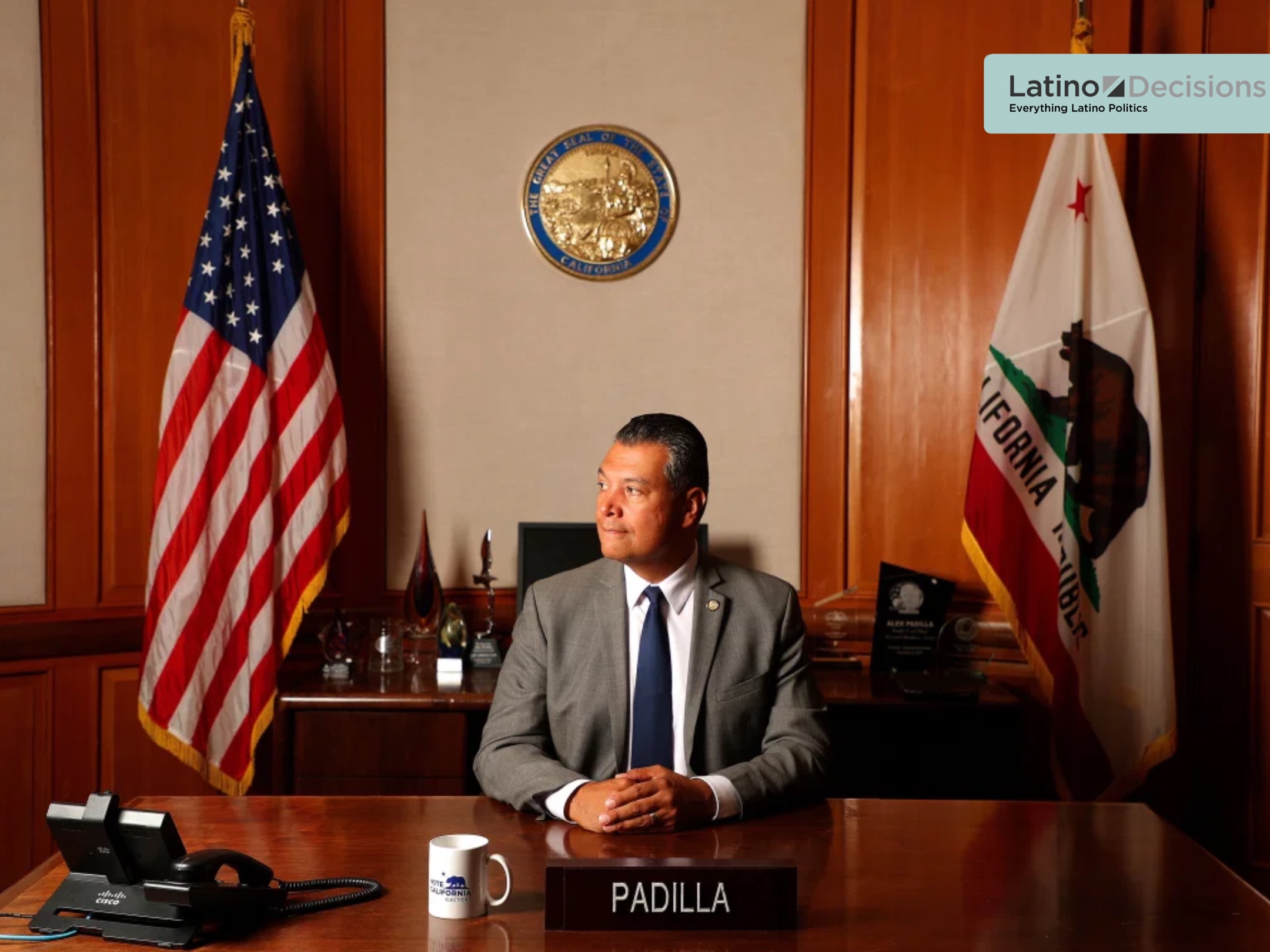Discussions about immigration reform largely focus on immigrants as workers. In fact, immigrants come to the U.S. for both work and family reasons. Understanding the factors that drive a decision to immigrate—and how immigrants organize their lives in the United States—is crucial to developing an immigration law that provides a real solution for undocumented immigrants.
Last month we released key findings from a Latino Decisions study of 400 undocumented Latinos in the United States, conducted in February and March 2013 on behalf of the National Association of Latino Elected and Appointed Officials (NALEO) Educational Fund and America’s Voice Education Fund. While this data was previously released in the aggregate, the analysis here focuses on gender group differences, adding a layer of texture to the policy debate underway, and highlight the important role of our Mamás in Latino families.
Coming to America
More than 75% of undocumented Latinos identify one of two primary reasons for immigrating to the United States: economic opportunity, or to build a better life for their families. A smaller percentage (12%) came primarily to reunite with family members in the United States.

Obviously these motivations are often intertwined. For women, though, supporting or reuniting with family is the primary factor; 52% of undocumented Latinas said they came to the U.S. either to build a better life for their family, or to reunite with loved ones. They are twice as likely as their male counterparts to migrate for the purpose of reuniting with family (16% vs. 8%).
A majority of undocumented Latinas live in the U.S. with their spouse (65%), and children (88%). These figures are higher compared to undocumented Latinos (58% and 60% respectively). In addition, women are less likely to come to the U.S. alone, and more likely to arrive with children.

The vast majority of respondents to our survey have lived the U.S. ten years or more. Men are more likely to have arrived more than two decades ago, and many Latinas followed later to join spouses and other family members in the mid- to late-1990s.

Work and Family
While jobs and economic opportunities are the main reason that immigrants come to the U.S., areas of employment are fairly narrow. Perhaps not surprisingly, there are also gender differences in the types of jobs undocumented men and women hold.

Undocumented Latinas are most likely to work as childcare providers (19%) and housekeeping/house cleaners (26%), while undocumented Latinos are more likely to work in construction (33%). Gender differences are less persistent in sectors such as agriculture and manufacturing.
In terms of family relationships, undocumented Latinas have more family members who are American citizens (75% vs. 68%) or permanent residents (62% vs. 56%). Still, it is notable the majority of both sexes have close relatives who hold American citizenship.

As illustrated above, a greater share of undocumented Latinas have children who live with them in the United States (88%). More than half of these women (57%), have U.S. born children (American citizens). An additional 15% have one or more child born in the U.S. and one or more born in another country.
The vast majority of undocumented immigrants have relatives in the U.S. who are citizens (71%). Polls of Latino voters confirm the fact that mixed status families are a reality in America, and many Latino citizens have family members, relatives, and friends who would benefit from immigration reform that includes a path to citizenship for undocumented residents. There are especially close ties, and strong support among Hispanic women voters. In our February 2013 survey of Latino voters, 63% of Latinas said they know undocumented immigrants, and 75% of Latinas are following the immigration debate in Congress. Among Hispanic women voters, 74% believe it is “very” or “extremely” important that Congress passes immigration reform in 2013.
Perhaps these strong connections between theses two communities (i.e. the undocumented Latino population and the U.S. citizen Latino population) is a key reason 68% of undocumented Latinos remain optimistic that immigration reform will finally pass this year.
Blanca Guillen-Woods is a senior project manager at Latino Decisions.
About the poll: Latino Decisions interviewed 400 Latino adult immigrants self-identifying as non-citizens and not “Legal Permanent Residents” or not having any other type of visa or documentation. The poll was conducted between March 4 and March 29, 2013, and all respondents were selected at random in both landline and cell-phone only households. The nominal margin of error is +/- 4.9%. Interviews were conducted in Spanish and English at the subject’s discretion. Additional data points will be released later this week.
For more information: Latino Decisions: [email protected] or gmsegura@latinodecisions; NALEO Educational Fund: [email protected]; America’s Voice Education Fund [email protected].


